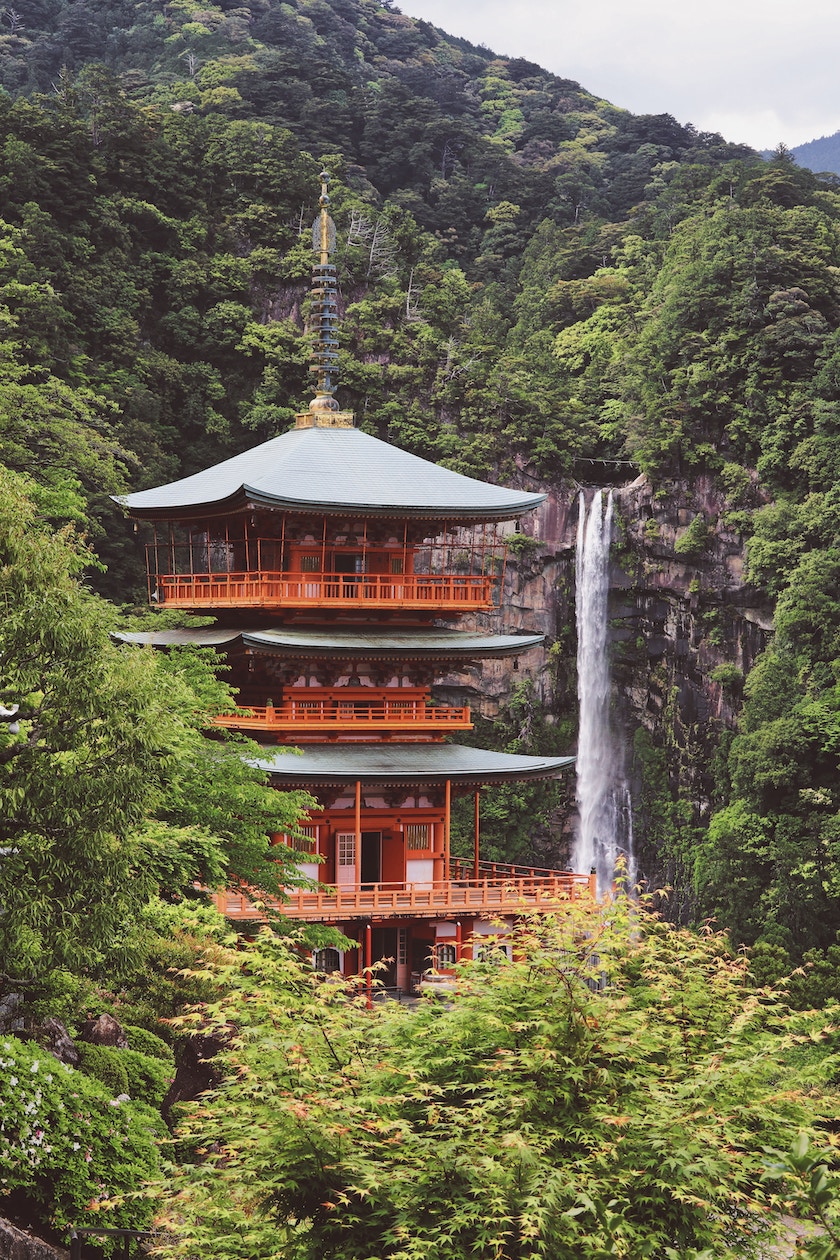The Serene Embrace: Exploring Japan’s Untouched Wonders Through Nature tourism
Japan, a land often painted with the vibrant strokes of neon-lit cities and ancient temples, holds a profound and often overlooked secret: a breathtaking tapestry of natural landscapes. Beyond the urban sprawl, a world of misty mountains, crystalline lakes, and verdant forests awaits, offering a respite for the soul and a glimpse into the heart of the archipelago. Nature tourism in Japan is not merely a trend; it’s a rediscovery, a return to the roots of a culture deeply intertwined with the natural world.
For decades, international tourism in Japan revolved around the “Golden Route,” a well-trodden path connecting Tokyo, Hakone, Kyoto, and Osaka. While these cities offer undeniable cultural riches, they often overshadow the nation’s diverse natural beauty. Today, a growing number of travelers are seeking authentic experiences, venturing beyond the familiar to explore Japan’s hidden gems. This shift is fueled by a desire for tranquility, a yearning for connection with nature, and a growing awareness of sustainable travel practices.

Japan’s unique geography, stretching from subtropical Okinawa to the subarctic Hokkaido, fosters a remarkable range of ecosystems. This diversity translates into a plethora of nature tourism opportunities, catering to every interest and fitness level.
The Majestic Mountains: A Hiker’s Paradise
Japan’s mountainous terrain, sculpted by volcanic activity and millennia of erosion, is a hiker’s dream. From the iconic peaks of the Japanese Alps to the sacred trails of Mount Koya, hikers can immerse themselves in breathtaking scenery and experience the spiritual significance of these landscapes.
The Japanese Alps: This mountain range, encompassing the Hida, Kiso, and Akaishi mountains, offers challenging treks and stunning vistas. Kamikochi, a pristine valley within the Northern Alps, is a popular destination, known for its crystal-clear rivers and towering peaks.
The Coastal Charms: From Coral Reefs to Rugged Shores
Japan’s extensive coastline, stretching over 30,000 kilometers, boasts a variety of coastal landscapes, from the vibrant coral reefs of Okinawa to the dramatic cliffs of the Sanriku Coast.
Okinawa’s Coral Reefs: The turquoise waters surrounding Okinawa are home to some of the most diverse coral reefs in the world. Snorkeling and diving enthusiasts can explore a kaleidoscope of marine life, including colorful fish, sea turtles, and manta rays.
The Verdant Forests: A Sanctuary for the Soul
Japan’s forests, covering over two-thirds of the country, are a vital part of its natural heritage. From the ancient cedar forests of Yakushima to the beech forests of Shirakami-Sanchi, these verdant landscapes offer a sense of peace and tranquility.
Shirakami-Sanchi: This UNESCO World Heritage Site, located in the northern Tohoku region, is home to one of the last remaining virgin beech forests in East Asia. Hiking through these ancient forests is a truly immersive experience.
The Tranquil Lakes and Rivers: Reflections of Nature

Japan’s lakes and rivers, fed by mountain snowmelt and abundant rainfall, are essential components of its natural landscape. From the serene lakes of Hokkaido to the rushing rivers of the Japanese Alps, these waterways offer a variety of recreational opportunities.
Lake Towada (Aomori and Akita): This caldera lake, surrounded by lush forests, is known for its crystal-clear waters and stunning scenery. Boat tours and kayaking are popular ways to explore the lake.
As nature tourism gains popularity, there is a growing emphasis on eco-tourism and sustainable practices. This involves minimizing environmental impact, supporting local communities, and promoting responsible travel.
Responsible Hiking: Hiking trails are maintained to minimize erosion, and hikers are encouraged to pack out all trash and stay on designated paths.
Nature has always played a central role in Japanese culture, influencing its art, literature, and religion. Shinto, the indigenous religion of Japan, emphasizes the connection between humans and nature, with many natural features, such as mountains, forests, and waterfalls, considered sacred.
Shinto Shrines and Temples: Many Shinto shrines and Buddhist temples are located in natural settings, often surrounded by forests or mountains. Visiting these sites offers a glimpse into the spiritual significance of nature in Japanese culture.
Planning a nature tourism trip to Japan requires careful consideration of your interests, fitness level, and the time of year.
Researching Destinations: Explore the various national parks, scenic areas, and nature trails that Japan has to offer.
Nature tourism in Japan offers a unique opportunity to experience the country’s diverse landscapes, connect with its rich cultural heritage, and discover a deeper appreciation for the natural world. By venturing beyond the well-trodden paths, travelers can uncover the serene embrace of Japan’s untouched wonders and create memories that will last a lifetime.


